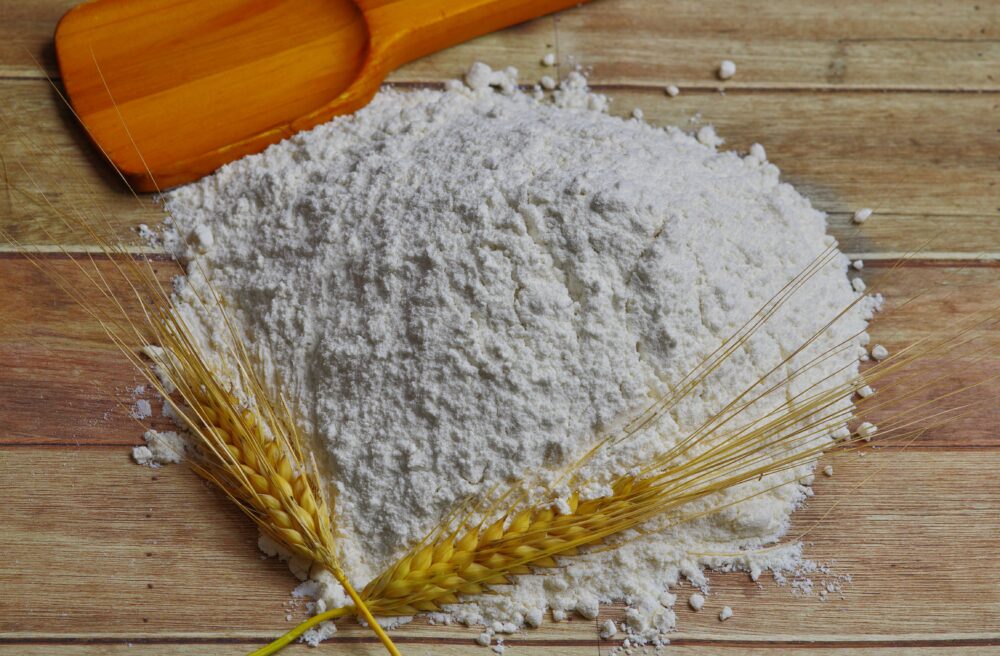Whole Grain Flours

In our increasingly sophisticated food culture, more and more formerly obscure products are getting their days in the sun. These include flours made from whole grains other than wheat like the following:
- Barley and rye flour (both of which contain gluten)
- Oat flour
- Amaranth flour
- Rice flour
- Buckwheat flour (which, despite the “wheat” in its name, is gluten-free)
- Corn flour
- Millet flour
- Teff flour (famous for the tangy, stretchy wraps that also serve as plates and napkins in traditional Ethiopian cuisine)
- Quinoa flour
While there are drawbacks to using flours of any kind (compared to eating a food in a more intact state), whole grains, in general, offer compelling nutritional advantages, and most of these are still present in whole grain flour.
For guidance on using these flours in your cooking and baking, check out this comprehensive article. And, if you need to avoid gluten, then choosing certified gluten-free flour is essential, even if a grain is naturally free of it, due to the risk of cross-contamination during processing.
When it comes to flour, grains aren’t the only game in town. Pretty much any food you can dry, you can grind into flour. Legume flours, like those made from chickpeas and lentils, have risen to prominence in gluten-free pasta. And thanks to their high fiber content, they can even be Bright Line Eating-friendly. If you can’t find them where you shop, a high-powered blender or even a spice or coffee grinder can turn chickpeas or lentils into fine flour in under a minute.
Some fruits and vegetables can also be dried and turned into flour. These include tapioca, potato, cassava, and coconut.
And nuts and seeds also produce some useful flours that are gluten-free and contain the whole food. Examples include chia, almond, and hazelnut flour.
( Excerpt from the Food Revolution Network)
